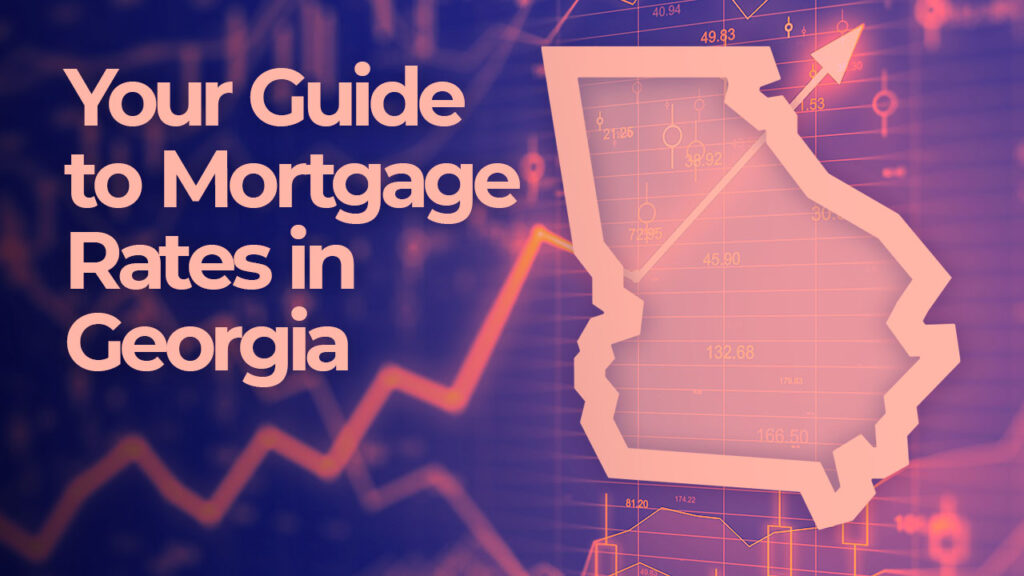The current inflationary environment in the US is significantly impacting various sectors, and the small loan industry is no exception. Rising interest rates, increased operational costs, and shifting consumer behavior are creating both challenges and opportunities for lenders catering to individuals and small businesses.
The Rising Cost of Borrowing
One of the most immediate impacts is the rising cost of borrowing for lenders themselves. As the Federal Reserve increases interest rates to combat inflation, the cost of funds for small loan providers increases, directly affecting their profitability. This translates to higher interest rates for borrowers or a decrease in the profitability of each loan. 
Increased Operational Costs
Inflation isn’t limited to interest rates. Everything from rent and utilities to staffing and technology costs is rising. Small loan businesses, often operating on tight margins, are particularly vulnerable to these escalating expenses. Managing these rising costs without passing them directly to borrowers is a significant challenge.
Impact on Loan Demand
Higher interest rates and a generally uncertain economic climate may lead to decreased demand for small loans. Consumers and businesses may postpone borrowing plans, opting for saving or delaying investments until economic conditions improve. 
Changes in Consumer Behavior
Inflation forces consumers to re-evaluate their spending habits. This can lead to a shift in demand for various loan types. For example, demand for loans for non-essential purchases might decrease, while demand for loans covering essential expenses such as groceries or healthcare might increase.
The Impact on Loan Defaults
As inflation erodes purchasing power, borrowers may struggle to repay their loans on time, leading to an increase in loan defaults. This poses a considerable risk to lenders, especially those with less robust risk management strategies. Learn more about risk management strategies.
Government Regulations and Intervention
Government regulations play a crucial role in the small loan industry. Inflation may influence the regulatory environment, leading to new policies or changes in existing ones aimed at protecting both borrowers and lenders. Read more about recent regulatory changes.
Navigating Inflationary Pressures
Small loan providers are actively seeking ways to navigate these inflationary pressures. This includes implementing stricter lending criteria, diversifying loan portfolios, and exploring new technologies to optimize operations and reduce costs.
Technological Adaptations
Technology offers some solutions. Automating processes, utilizing data analytics for better risk assessment, and exploring alternative lending models can help small loan businesses remain competitive and efficient.
The Role of Fintech
Fintech companies are playing an increasingly significant role in the small loan industry. Their innovative approaches to lending and risk assessment can help mitigate some of the challenges posed by inflation.
Pricing Strategies and Adjustments
Lenders are carefully adjusting their pricing strategies to reflect the increased cost of funds and operational expenses. Finding the right balance between maintaining profitability and remaining competitive is crucial.
Market Consolidation
Inflation might lead to market consolidation, with larger companies acquiring smaller ones to achieve greater economies of scale and improve resilience to economic shocks. 
The Importance of Risk Management
Effective risk management is critical for small loan providers during inflationary periods. This includes thorough credit checks, robust collection procedures, and a focus on responsible lending practices.
Government Support Measures
Governments might introduce support measures to help the small loan industry navigate inflation, such as loan guarantee programs or tax incentives. Check for available government support programs.
Adapting to the Changing Landscape
The small loan industry is dynamic. To thrive, providers must adapt to the changing landscape by adopting innovative technologies, implementing sound risk management, and closely monitoring economic trends. See how other lenders are adapting.
Opportunities Amidst Challenges
While inflation presents challenges, it also creates opportunities. Lenders who effectively manage risks, embrace new technologies, and cater to evolving consumer needs are best positioned to succeed in this environment.
The Future of Small Loans
The long-term impact of inflation on the small loan industry is still uncertain. However, lenders who demonstrate resilience, adaptability, and a commitment to responsible lending practices are likely to navigate the challenges and continue serving their clients effectively.
Collaboration and Innovation
Collaboration among industry stakeholders, including lenders, regulators, and technology providers, is crucial to fostering a healthy and sustainable small loan market. Innovation and adaptation will play key roles in overcoming the hurdles presented by inflation. 
Conclusion
Inflation poses significant challenges for the small loan industry in the US. However, by implementing effective risk management strategies, embracing technological advancements, and adapting to changing consumer behavior, lenders can navigate these challenges and emerge stronger. A collaborative approach among all stakeholders is vital to ensure a sustainable and responsible small loan sector in this dynamic economic environment. Learn more about industry collaborations.
Frequently Asked Questions
What is the biggest impact of inflation on small loan businesses? The biggest impact is the rising cost of borrowing, operational expenses, and the potential for increased loan defaults.
How can small lenders adapt to higher interest rates? Small lenders can adapt by implementing stricter lending criteria, diversifying loan portfolios, and exploring new technologies to optimize operations and reduce costs.
What role does technology play in mitigating inflationary pressures? Technology enables automation, better risk assessment, and more efficient operations, thus helping small loan businesses manage costs and remain competitive.
Are there any government programs to help small loan businesses during inflation? Governments may introduce support measures such as loan guarantee programs or tax incentives; it’s important to check for available programs.
What is the outlook for the small loan industry in the face of inflation? The long-term impact remains uncertain, but lenders who adapt to the changing market conditions and focus on responsible lending are best positioned for success.


